Today I'm revisiting the Intermittent Fasting Experiment which was outlined originally on Episode #23, Intermittent Fasting – A Primer with monthly updates on episodes #27, #31 and #35. This is a redux of those popular episodes in combination so the details of the entire three months experiment are here in one place to hopefully encourage and inspire me and possibly others too.
Six Things I Learned from the First Month of the Intermittent Fasting Experiment:
- In spite of it seeming impossible to go without eating for an entire day, it's not only possible but it actually gets easier the more you do it
- It's easiest to start with 16/8 fast and work your way up to longer fasting times
- It’s easiest to focus on fasting time only at first and not the types of food you’re eating
- It's really important to drink a lot of water.
- One of the greatest benefits is the freedom from being controlled by food and completely aware of the choice
- That it's easy to get emotionally sidetracked and quit before the benefits show up. Having a plan to do it for a month regardless of any perceived outcomes is important.
*****
If you're new to Intermittent Fasting Groom and Style Online Magazine has a great overview called “Your Guide to Intermittent Fasting“.
*****
Ketosis
Ketosis is a metabolic process the body enters when it's using fat as a primary source of energy rather than carbohydrates. If you want more detail on it please see “Ketosis Explained“.
Types
Some fasting protocols are outlined on Wikipedia suggesting that protocols can be grouped into two primary categories: Whole day fasting vs time-restricted feeding. (Note: There are a lot of other types of fasting practices I wasn't able to mention in the show since time prohibited a comprehensive review of all fasts. These articles on livestrong and global healing center describe other types of fasts including partial fasts, diagnostic fasts, and religious fasts.)
Resources and info from friends who fast:
Phil Libin:
Jason Fung is a Canadian nephrologist from Toronto, Canada. He's a world-leading expert on Intermittent Fasting and especially focuses on treating people with Type-2 Diabetes and Obesity at his Intensive Dietary Management Center. He uses the concept of a two-compartment model which is an analogy to a refrigerator and deep freezer to help people understand how fat is stored in the body. Here is Jason Fung on Fasting on the Balanced Bites Podcast.
Apparently, Ted Naiman has a great graph that shows the greatest benefit from fasting occurs between 18 and 24 hours of fasting. While there are added benefits to longer-term fasting because day 2 tends to be the most difficult the best benefit for the lowest pain is thought by many to be that sweet spot between 18 and 24 hours. Naiman's Burn Fat, Not Sugar site is another great resource.
Other Resources and Information:
Autophagic response and cellular regeneration are thought to be a big benefit of fasting, which reduces inflammation, and stabilizes blood sugar.For more details and information, here's an article by Dr Eric Berg on Autophagy.
I also really appreciate the work of Dr Rhonda Patrick. You can listen to her on the Tim Ferris Show “Exploring Smart Drugs, Fasting and Fat Loss” in which she references some research which suggests that eating within an 11-12 hour window, for example, reduces breast cancer risk by as much as 35%. If you raise the number of hours of nighttime fasting, for each 3-hour increment appears to be linked to a 20% improvement in markers measuring healthy glucose levels.
More nuggets from Dr. Rhonda Patrick:
- Rhonda Patrick on the Joe Rogan Show on Time Restricted Eating Benefits on Muscle
- Rhonda Patrick on Time Restricted Eating
- An interview Rhonda Patrick did with Valter Longo on Fasting and Fasting-Mimicking Diets for Longevity and As a Way of Combatting Cancer Cells on Dr Patrick's Found My Fitness show
Rachel Hart's Think-Feel-Act cycle from last week's episode is useful for understanding how the thoughts that come up for you and the resulting feelings around eating and fasting and what eating means and what not eating means.
The Intermittent Fasting Podcast (with Gin Stephens and Melanie)
The Complete Guide to Fasting (audio book, online)
One Meal A Day or OMAD approach is eating inside of a 4-6 hour eating window. A good resource is the Girl Gone OMAD Podcast or Gin Stephen's book “Delay, Don't Deny” in which she describes opening her eating window with a snack or appetizer followed an hour or two later with a meal, then a treat or dessert to close her eating window.
Eat Yourself to Live: Authophagy's Role in Health and Disease
Concern About Fasting Raised During the Experiment
The article my friend, Keith Powers forwarded from the Guardian which warned that fasting can raise the risk of diabetes which is exactly the opposite of the research I've been reading. And an article I found on PubMed called Cell Metabolism by Sutton, Beyl and others which concluded that even in the absence of weight loss an early time-restricted feeding schedule limited to 6 hours between 8am and 2pm improved insulin sensitivity, blood pressure and oxidative stress levels in pre-diabetic men.
Tracking Resources
-Fasting tracker: VORA (on Android) or in the iTunes Store
-Weight with the Withings scale which uploads data to the Nokia Health Mate platform.
Thank yous!
Thanks to friends who contributed to, or inspired this episode:
-Will Eden and his Quickstart Guide to Fasting. The Guide is posted on his Becoming Eden Blog which he writes with his wife Divia Eden, a private tutor who'll be a guest on an upcoming parenting episode I'm working on.
–Cindy (Dinh( Riach actor and coach at Relational Ops who shared her process and tips
-Sascha Karr Berlin director of Founder Institute who aims for a 19-21 hour fast using the Zero App and who recommends Dr. Rhonda Patrick's interview with Satchin Panda on Time-Restricted Feeding, which is a great watch.
-RJ Briggs for his inspiration for offering inspiration with his success getting to 14% body fat with a 16/8 approach by skipping breakfast, eating moderately and avoiding sugar completely. –Theodore Agranat, autodidact and entrepreneur who used to do 10-day water fasts a few times a year now fasts daily for 20 hours – with just a 4-hour eating window and feels great doing it. -Miquela Alejandre, florist and founder of The Bloom Equation, who shared with me that she did a juice fast for 10 days and by the end felt elated all the time.
-Mark Hamade conscious capitalist, investor and public speaker. His incredible story of persistence, coming through cancer twice and losing over 200 lbs of body fat has been supported by his Intermittent Fasting protocol and more. I hope to feature his story soon. -And Diana, Dan, Keith, Kimberly, Marcie, Katherine, Willow and others who contributed ideas or encouragement.
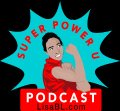


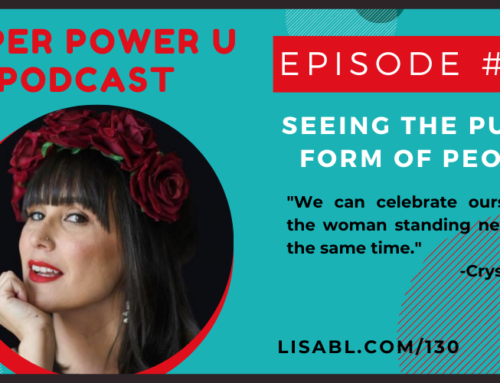

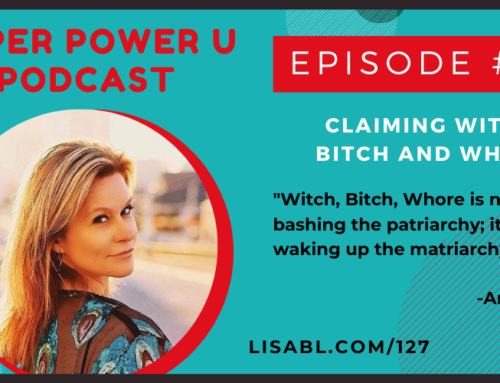
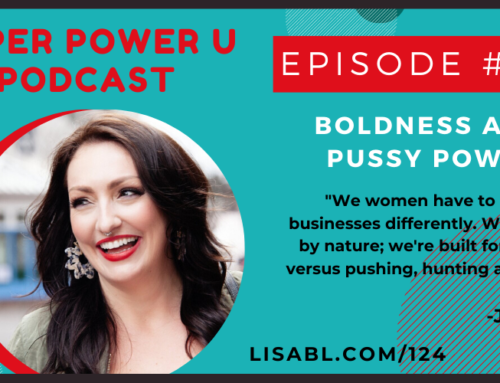
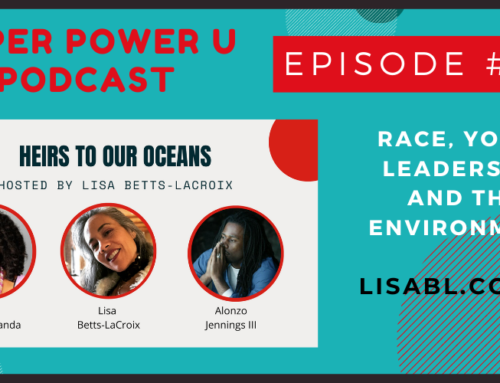
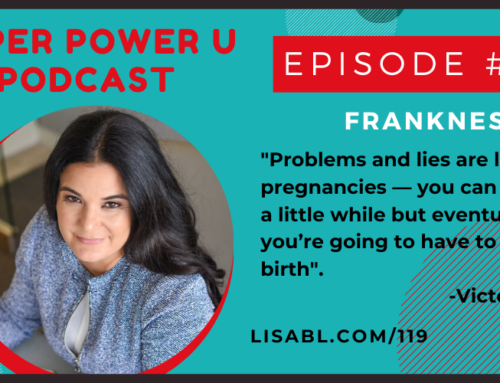
Leave A Comment